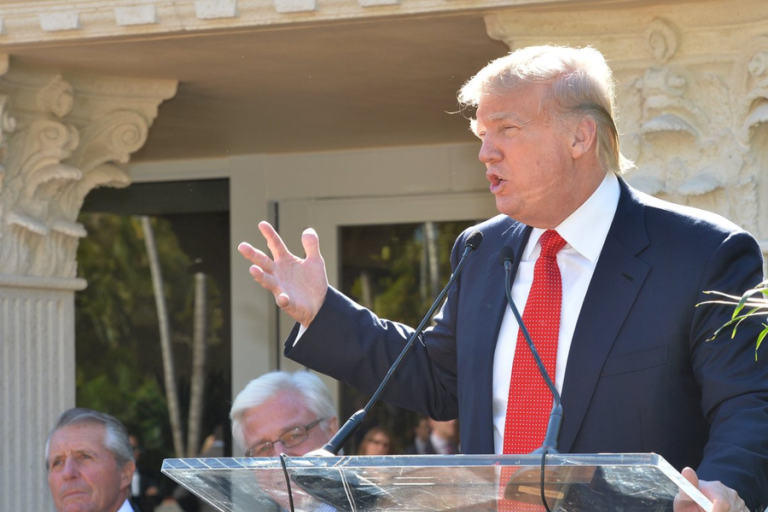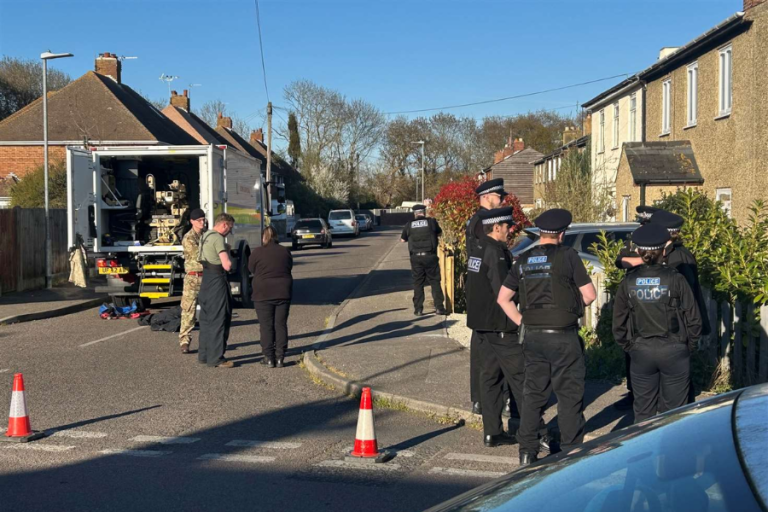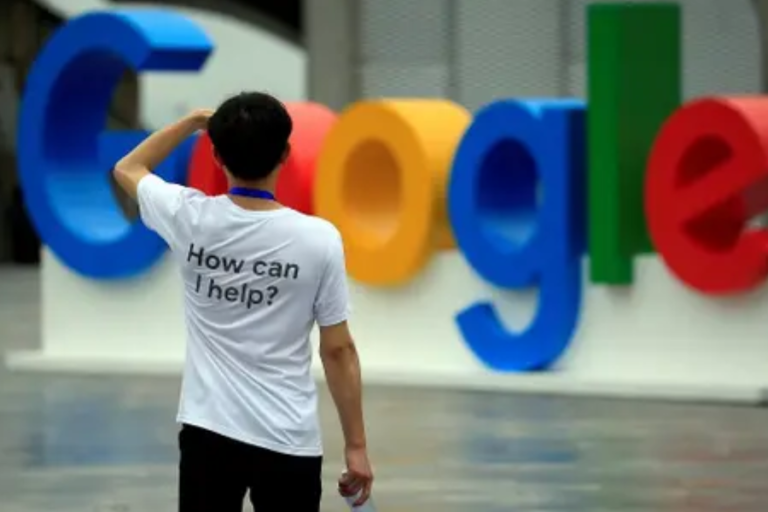
The Kneeling Agents
Introduction: The Day the FBI Knelt
June 2020 was the month. A heat that was hotter than summer simmered through the streets of Washington, DC. As thousands of people gathered outside the White House, they all said, “I can’t breathe.” The horrifying video of George Floyd’s death, which showed a white police officer kneeling on a Black man’s neck for nine minutes and twenty-nine seconds, had been shown to the world only weeks before. Unexpectedly, a group of 15 to 20 uniformed FBI officers joined the demonstrators and knelt down alongside them.Those same agents received letters of termination on a calm Friday in 2024, four years later. What did they do wrong? Kneeling during a racial justice demonstration was that one act.This mass firing reveals more about America’s political divisions today than it does about those agents’ actions in 2020.
The George Floyd Protests: A Nation’s Raw Nerve

To understand why kneeling became so powerful, we must go back to May 25, 2020. George Floyd, a 46-year-old Black man, was arrested in Minneapolis for allegedly using a counterfeit $20 bill. What followed was captured on a teenager’s phone camera: Officer Derek Chauvin kneeling on Floyd’s neck as he gasped for air, called for his mother, and eventually fell silent.
The video ignited something deep in the American psyche. Protests erupted in all 50 states and globally. “Taking the knee”—a gesture popularized by NFL quarterback Colin Kaepernick in 2016—became the universal symbol of solidarity against police brutality.
Why It Mattered to Kneel
The power of kneeling lay in its direct visual contrast to Floyd’s killing. While one knee represented oppression leading to death, millions of other knees touching the ground represented a demand for justice. When those FBI agents knelt during the DC protest, they were participating in this powerful symbolism.
The FBI’s Dilemma: Law Enforcement or Solidarity?
The FBI has always walked a tightrope between being a law enforcement agency and a public institution. Traditionally, agents maintain strict political neutrality. But 2020 was not a traditional time.
The Agents’ Perspective
Sources close to the terminated agents reveal their thinking that day: “We weren’t making a political statement,” one agent reportedly said. “We were trying to de-escalate tensions. The crowd saw us as ‘the system.’ Kneeling was a way to show we were human too.”
Indeed, police and federal agents across the country had used similar tactics during the 2020 protests. In several cities, officers marched with protesters or knelt alongside them. Many law enforcement leaders saw this as practical conflict resolution, not political endorsement.
The Administration’s View
The Trump administration saw things differently. Then-Attorney General William Barr had labeled the protests as “riots” and emphasized a law-and-order approach. To the administration, kneeling agents appeared to be siding against the police—a unacceptable breach for federal law enforcement.
The Four-Year Wait: Why Now?
The most puzzling aspect is the timing. Why were these agents fired four years after the incident? The answer lies in the current political climate.
The ‘Anti-Woke’ Purge
Since returning to power, the Trump administration has made “de-wokification” of federal agencies a priority. The term “woke”—originally meaning awareness of racial injustice—has been politicized to represent what some conservatives see as overreach of progressive ideology.
The FBI has been a particular target. Earlier this year, the agency dismissed several high-ranking officials including former acting director Brian Driscoll. The pattern suggests a systematic removal of personnel deemed ideologically incompatible with the current administration.
Legal Battles Intensify
The recent lawsuit by three former FBI agents against Director Kash Patel and Attorney General Pam Bondi alleges “political purging to appease the President.” This creates a context where the kneeling terminations serve as both message and punishment.
The First Amendment Question: Where Do Government Employees’ Rights End?

This case raises fundamental constitutional questions. Do government employees forfeit their First Amendment rights when they put on a uniform?
Precedent and Policy
Historically, the Supreme Court has balanced government employees’ speech rights against the government’s interest in an efficient, nonpartisan workforce. The 2006 case Garcetti v. Ceballos established that speech “pursuant to official duties” isn’t protected. But were these agents acting officially or personally when they knelt?
The FBI’s Code
FBI policy prohibits “public conduct” that could “discredit the Bureau.” But the interpretation of what constitutes discreditable conduct has clearly shifted with the political winds. What was seen as de-escalation in 2020 is viewed as insubordination in 2024.
The Human Cost: Careers Broken Over a Gesture
Behind the political drama are real lives upended. Most of the terminated agents had served for over a decade. Some were near retirement.
Agent Michael R. (name changed)
A 12-year veteran and father of three, Agent Michael R. told colleagues: “I was trying to prevent violence that day. Now I’ve lost my pension because a gesture was reinterpreted years later.”
The Chilling Effect
The terminations have created fear among current agents. “Now we think twice about any interaction with the public,” one active agent confessed anonymously. “Everything can be reinterpreted based on who’s in power.”
The Bigger Picture: Law Enforcement in a Divided America
This incident reflects a broader crisis in American policing. The trust between law enforcement and communities—particularly communities of color—remains fractured.
The De-Escalation Debate
Before 2020, many police departments had embraced de-escalation tactics like kneeling with protesters. These techniques were part of community policing strategies developed over decades. The current backlash threatens to reverse this progress.
The Politicalization of Policing
Perhaps the most dangerous outcome is the complete politicalization of law enforcement. When police actions are judged not by their effectiveness but by their alignment with political agendas, the very concept of impartial justice collapses.
Conclusion: Justice Blindfolded or Blinded?
The firing of these FBI agents represents more than a personnel decision. It symbolizes America’s struggle to reconcile law enforcement with justice, unity with division, and symbolism with substance.
Four years ago, those agents made a split-second decision during unprecedented times. They chose what they believed was a path toward peace. Today, they’ve lost their careers for that choice. Their story serves as a cautionary tale about how quickly gestures can be weaponized, how symbolism can become substance, and how the line between law enforcement and political enforcement can blur until it disappears.
As America continues to grapple with issues of race, justice, and power, the fate of these kneeling agents reminds us that in today’s polarized climate, even a knee on the ground can become a hill to die on.






